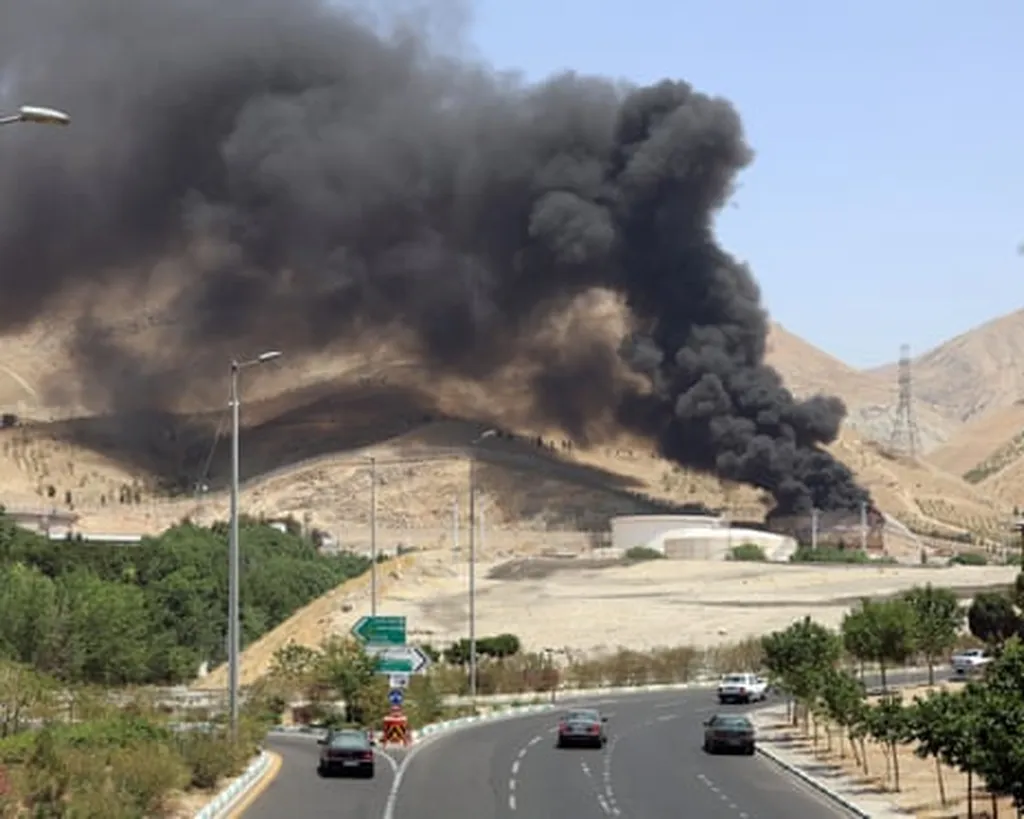In the heart of Tehran, a city grappling with the dual challenges of urbanization and desertification, a groundbreaking study is shedding light on the intricate dance of dust and air pollution. Zohreh Zeynadini MansorAbadi, a researcher from the Environmental Research Sciences Institute at Shahid Beheshti University, has been meticulously investigating the ratio of PM2.5 to PM10 particle concentrations, aiming to compile an index for dust occurrence. Her work, published in the journal ‘مهندسی عمران شریف’ (Sharif Civil Engineering), is not just an academic exercise; it’s a beacon for industries, particularly energy, navigating the murky waters of air quality regulations and operational impacts.
Tehran’s air quality has long been a concern, with suspended particles like PM2.5 and PM10 posing significant health risks and operational challenges. MansorAbadi’s research delves into the heart of this issue, analyzing data from three monitoring stations over a five-year period. “The average concentrations of PM2.5 and PM10 and the PM2.5/PM10 ratio on dusty days are significantly higher than on dust-free days,” MansorAbadi explains. This finding is a game-changer, offering a potential index for dust occurrence that could revolutionize how industries monitor and mitigate air quality impacts.
The study’s implications for the energy sector are profound. Power plants, for instance, are heavily regulated regarding particulate emissions. Understanding the ratio of PM2.5 to PM10 can help energy companies predict dust events, optimize operations, and comply with regulations more effectively. “The daily changes in the average concentration of particulate matter at the selected stations show that in most cases, the changes in the concentration of particulate matter are similar and both increase and decrease together,” MansorAbadi notes. This insight could lead to more efficient energy production strategies, reducing downtime and maintenance costs.
Moreover, the research highlights the seasonal patterns of dust occurrence, with spring and autumn emerging as the most affected periods. This information is invaluable for energy companies planning maintenance schedules and operational strategies. By anticipating dust events, they can minimize disruptions and ensure a steady power supply.
The study also underscores the importance of distinguishing between natural and artificial sources of particulate matter. The data from the Barcelona Regional Dust Center provides a crucial benchmark, ensuring the accuracy of dust days identified in the study. This distinction is vital for industries, as it helps them understand the external factors influencing their operations and plan accordingly.
As Tehran continues to grapple with air quality challenges, MansorAbadi’s research offers a ray of hope. By providing a reliable index for dust occurrence, it paves the way for more informed decision-making, not just for policymakers but also for industries like energy. The study’s findings could shape future developments in air quality monitoring and management, ensuring a healthier environment and more sustainable industrial operations. In the words of MansorAbadi, “This research is a step towards understanding and mitigating the impacts of dust on our cities and industries.”

